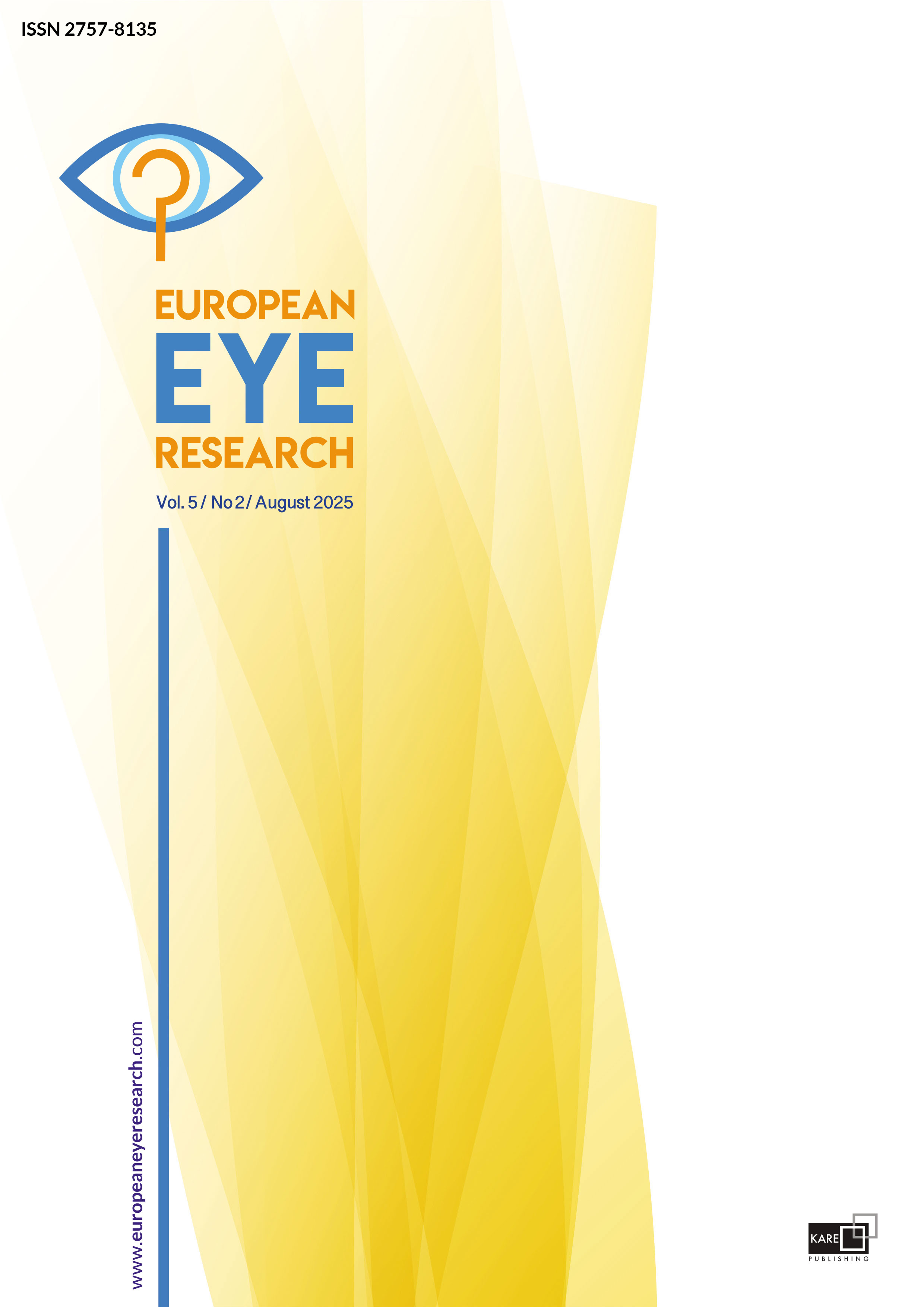

Early beta-blocker-carbonic anhydrase inhibitor fixed combination use after Ahmed glaucoma valve implantation
Yasemin Un1, Serhat Imamoglu2, Oksan Alpogan3, Ece Turan-vural3, Ruveyde Bolac Unculu31Department of Ophthalmology, Beyoglu Eye Training and Research Hospital, University of Health Sciences, Istanbul, Türkiye2Department of Ophthalmology, Altunizade Bati Goz Hospital, Istanbul, Türkiye
3Department of Ophthalmology, Istanbul Haydarpasa Numune Training and Research Hospital, Istanbul, Türkiye
PURPOSE: Ahmed glaucoma valve (AGV) implantation is an effective surgical option for glaucoma. However, subconjunctival fibrosis is a limiting factor that decreases surgical success. It has been proposed that introducing aqueous suppressants (AS) in the early post-operative period may reduce subconjunctival inflammatory mediators and fibrotic reactions. Starting AS early, before intraocular pressure (IOP) rises, may reduce plate fibrosis and improve post-operative surgical outcomes.
The objective of this study was to evaluate the effect of the early introduction of a timolol and carbonic anhydrase inhibitor (TCAI) fixed combination, a commonly used AS drug, on the outcomes of AGV implantation.
METHODS: his study included all eyes that underwent AGV implant surgery between 2017 and 2022. Eyes that received TCAI within the first 2 post-operative weeks to reduce IOP or control subconjunctival fibrosis around the plate were included in Group 1. Group 2 consisted of eyes in which antiglaucoma medications were introduced stepwise only when IOP increased during follow-up visits after the first 2 post-operative weeks. Patients who received antiglaucomatous drugs other than TCAI within the first 2 post-operative weeks were excluded. Follow-up data were analyzed and compared between the two groups in terms of IOP control and surgical success.
RESULTS: IOP decreased from 36.8±10.3 mmHg and 37.5±12.0 mmHg to 13.5±5.49 mmHg and 14.5±6.47 mmHg at the last visit in Groups 1 and 2, respectively (p<0.001 for both). Surgical success at the last visit was 86.1% in Group 1 and 78.2% in Group 2 (p>0.05). The median number of needling procedures showed a significant difference between the groups: 0 (range, 0–2) in Group 1 and 1 in Group 2 (range, 0–4) (p<0.05). Although TCAI therapy was initiated when IOP was >10 mmHg in Group 1, no hypotony-related complications were observed in this group.
CONCLUSION: Initiating TCAI in the early post-operative period after AGV implantation has a beneficial effect in reducing the need for needling procedures.
Keywords: Ahmed glaucoma valve, brinzolamide-timolol, dorzolamide-timolol, timolol-carbonic anhydrase inhibitor fixed combination
Manuscript Language: English



